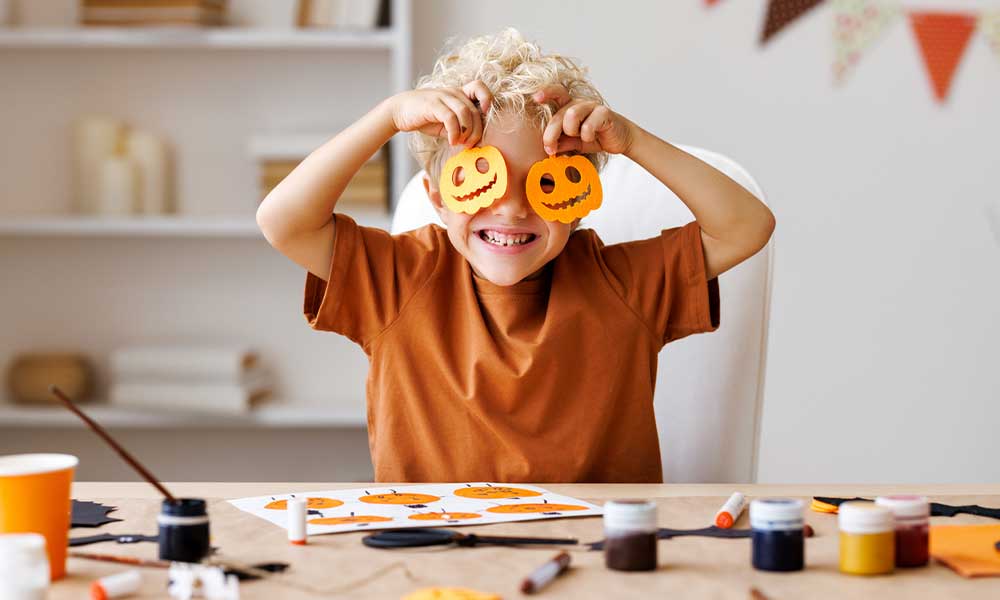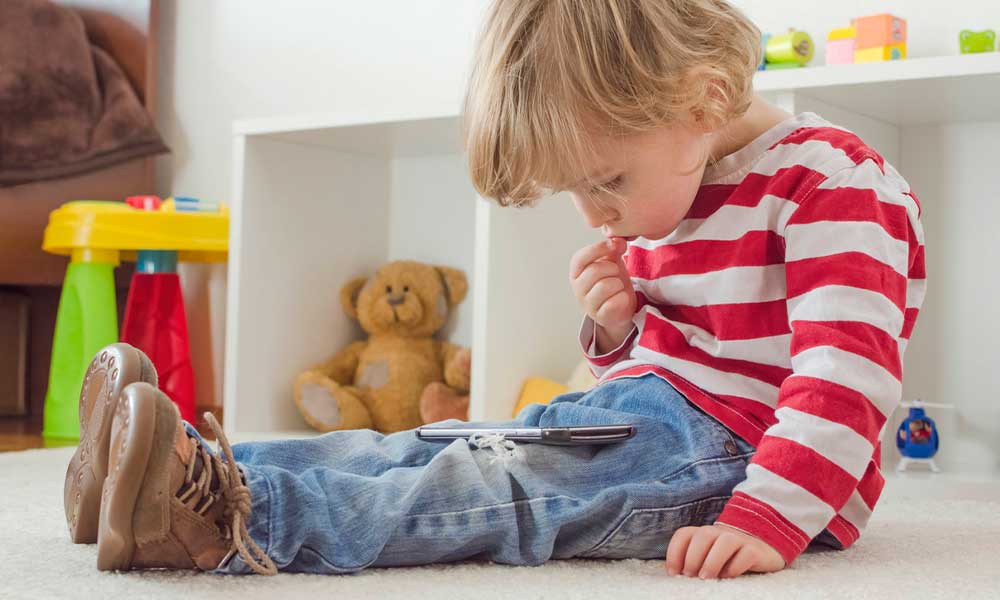Grandparents can be an invaluable positive influence on your children’s lives. They have rich stories, different generational perspectives to share, and a huge amount of love to offer. By encouraging your children to bond with their grandparents, you invest in their emotional and social development. Indeed, when considering how often grandparents should see their grandkids, high academic performance is often linked to students spending time with their older relatives.
Amidst the vast benefits of spending time with grandparents, it’s still important to prioritize your kids’ safety. They may be spending time outside the controlled environment in your house. Taking steps to guide grandparents to adopt good safety practices can allow the positives of bonding to shine through.
Make Visits a Regular Thing
Kids thrive on consistent schedules and familiarity. If they don’t get to visit their grandparents very often, this irregularity can throw them off and make them less likely to open up. Therefore, the most important way to foster a healthy relationship between your kids and your parents is to set up a regular visiting schedule.
This encourages adaptation. Once your kids know what to expect, they won’t be upset or nervous, or feel awkward. Consistent quality time with their grandparents signals to your children that they’re an essential part of their lives.
Of course, you’ll need to negotiate the schedule with your parents — they may only be able to handle occasional visits. Next, help your parents out by giving them a list of things your kids love to do and the foods they like to eat. It’s not uncommon for grandparents to want to “spoil” their grandkids, and that’s OK! Your kids are going to love hanging out with them once they realize that it’s a lot of fun. Allow your parents to set their own boundaries with your kids. After all, their time with the kiddos should be fun for everyone.
Model Respectful Interaction
After you’ve set up a regular visitation schedule, it’s time to get things started on the right foot. You can talk to the kids about how they should treat the grandparents — and vice versa — but that won’t go as far as modeling the type of treatment you want to see.
In other words, you’ll need to be there at the outset. Demonstrate what it means to listen without caving in to distractions. Reward your kids when they listen. Even just telling them they’re doing well can go a long way, but you’ll also want to use substantive rewards. As a parent, you know what those things are, whether it’s extra time with friends, a sugary treat, or more time playing video games. Also, show your kids how they should talk to their grandparents, such as saying please and thank you, excuse me, or using words of appreciation.
Further, show your children it’s important to help out around the house. Model cleanliness by talking about it and doing it after an activity. Again, offer words of encouragement and other rewards when your kids clear their plate after a meal or help out with the dishes. Show what it’s like to voluntarily do a chore such as mowing the lawn when you can see it’s needed. Words of gratitude and love will really go a long way toward cultivating this behavior in your kids.
Time and again, show your kids it’s important and worthwhile to help out. This, of course, is simply an extension of what you’re already doing with them at home.
Collaborate on Childproofing
One of the things that both parents and grandparents are likely to agree on is how important it is for the environment kids are in to be safe. We’re not talking about a completely sanitized and bubble-wrapped situation here. Rather, it’s about everyone working together to ensure you can identify and fill any glaring gaps in safety. Doing so means that grandparents can focus on passing on their stories, experiences, and love rather than constantly navigating potential dangers.
As parents, this may involve you meeting at their grandparents' home to share the steps you’ve taken to childproof your own space. Highlight practical areas of attention, such as putting guards on sharp corners or placing proximity alarms near swimming pools to guarantee water safety. It’s especially wise to discuss the measures you’d initially overlooked or surprised you. Broaching the subject from a place of experience can make it seem less like you’re making demands or criticizing their home.
Additionally, be open about the need to minimize your children’s exposure to chemicals, medicines, and other hazardous items. These are common in any home, and — particularly with young children — it’s important to keep them out of reach at all times. Regardless of how often grandchildren see their grandchildren, any amount of exposure can be dangerous.
The measures shouldn’t just be limited to traditional household chemicals and prescription medicines, either. It’s wise to highlight that supplements can be dangerous, especially when they’ve expired. Talk through the best processes to dispose of old vitamins so that curious kids can’t risk poisoning by eating them. Look for take-back programs held by pharmacies or research local medicine drop-off sites. If grandparents must dispose of them in the trash, ensure they remove the pills from containers and mix them with unappetizing matter, like cat litter or coffee grounds, to reduce the potential for wildlife to eat them in landfills.
Collaborating on the childproofing aspect of visits takes a lot of the stress off your parents so they can rest easy, have fun, and bond with their grandkids.
Talk About Changes and Advances
Another important step is carefully broaching the subject of changes in safety standards. Grandparents are likely to have deep knowledge based on their personal experiences. At the same time, part of the challenge in ensuring safe bonding is that different generations may make decisions based on the scientific or technical knowledge they’ve grown up with.
This isn’t always in keeping with the information that supports safety today. While it’s vital not to be patronizing in your approach — many grandparents are perfectly technologically and scientifically savvy — it’s worth talking through changes that empower grandparents to act effectively and give you peace of mind.
For instance, there are traditional products and remedies that we now know are dangerous for babies. Talcum powder has long been used to prevent diaper rash but has recently fallen out of favor as its key ingredient — talc — may be carcinogenic. Some well-known baby foods have also been found to contain toxic heavy metals. Even high chairs are less recommended for feeding times due to the number of injuries that have been connected to their use. Don’t simply ban these items, though. Instead, talk to grandparents about the alternative solutions you’d prefer they use and provide these when you drop your kids off for bonding sessions.
Communicate About Emergency Protocols
There will occasionally be times when emergencies arise. It’s one of the realities of having kids. Grandparents are likely more than capable of dealing with these scenarios. But, it’s equally important to ensure that you are all in agreement on the processes to follow in urgent situations and provide the grandparents with appropriate resources.
Some of the aspects to discuss include:
- Parent contact: Not every scenario requires or benefits from grandparents contacting you immediately. Some minor bumps and scrapes can likely wait until you collect them to discuss what happened. Nevertheless, agree on the threshold point at which you’d like the grandparents to contact you. This isn’t so that you can stay updated or head to the emergency room, but also so you can provide information that might be helpful to the grandparents and reassure your child.
- Physician contact and insurance information: For situations in which an emergency department visit isn’t necessary, you may prefer for your child to be taken to their regular primary care physician. Make sure you provide grandparents with the contact details for this. Don’t forget to give your parents copies of insurance documents so that they can easily and efficiently get your kids the care they need.
Even emergencies can be important bonding moments between your kids and their grandparents. After all, a positive outcome through these tough experiences can help build essential trust and respect. They may even wind up having stories to share and laugh about in the future, strengthening their relationship with one another. Following such incidents, be demonstrative in your gratitude for how the grandparent has handled the situation. This isn’t only basic courtesy but also shows your child you also have confidence in their grandparent’s abilities.
Conclusion
Collaborating with your kids’ grandparents to find ways to promote safety helps to ensure bonding remains a positive experience for everyone. Be open to hearing your parents’ opinions on the matter, but don’t be afraid to set boundaries on elements you feel particularly strongly about. With good communication and some forethought, your kids can develop great relationships with their grandparents in a healthy and safe environment.



